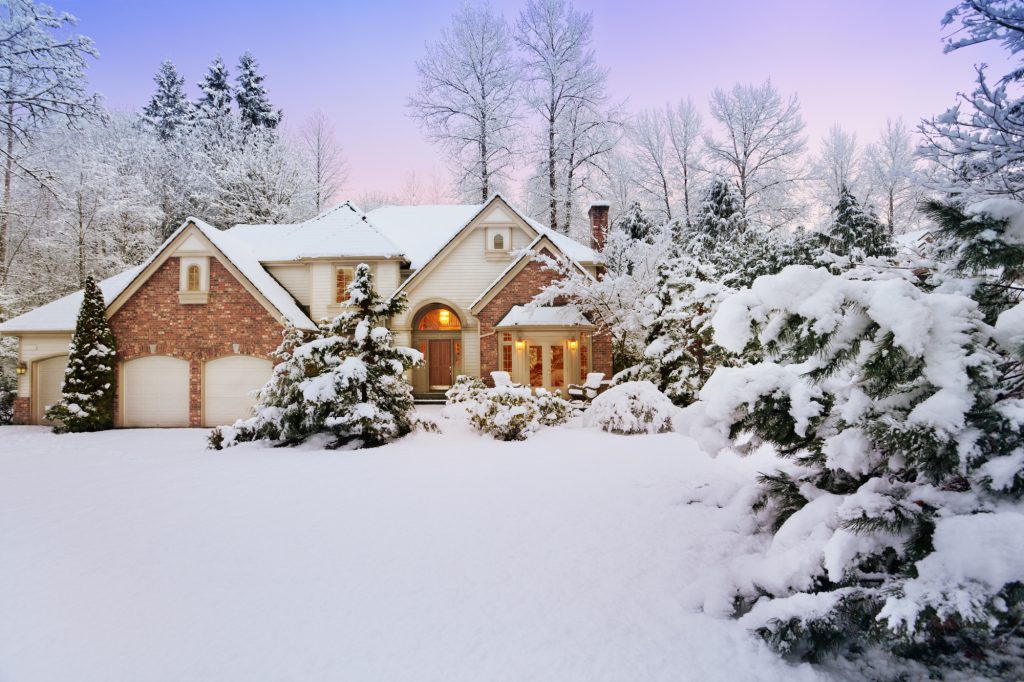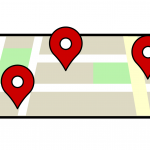Winter is Coming! 8 Ways to Prep Your Home for Colder Weather
It seems like winter never existed when we’re blessed with the warmth of summer. If you leave in a particularly cold state, however, the winter requires attention and preparation.
Things can get dangerous if you don’t prepare well for the cold weather. Not only is your body vulnerable to the cold, but so is your home. For that reason, winterizing your home is essential if you want to spare yourself the excessive stress and financial trouble.
We’ve got the tips you need to prepare the right way.
8 Tips for Winterizing Your Home
The importance of these tips will vary, depending on the climate that you live in. Many states, though, will require you to perform all of these tasks regularly.
1. Make Sure Your Pipes are Safe
There’s a huge amount of damage that can come from damaged or cracked pipes. Your finances will be significantly affected and you’ll have to deal with the pain of continuous repairs on your home.
Harsh winters can cause water in your pipes to freeze, expanding when it changes from water to ice. This expansion fills the pipes in our home with ice, and if there is enough water in them, the expansion will force them to crack.
Drain the water from all faucets and sprinkler systems before winter comes. Also, disconnect all hoses and faucets if possible. Do yourself a favor and make sure your piping is insulated as well.
Consider investing in hoses that do not freeze in the winter. This will allow you to avoid the process of filing an insurance claim and forking out thousands of dollars for new pipes. For more information on no-freeze hoses, learn more here.
2. Make Sure Your Home has Heat
This one should go without saying, but it’s easy to forget when you don’t have to worry about it in the summertime. Make sure that your heating system is functioning properly.
Check the thermostat, or install one, or change the furnace filter if your home has one. The furnace filter needs to be changed yearly, as a dirty one can significantly lower your system’s performance.
3. Make Sure There’s no Ice Build-Up
Heat from your home can rise up, melting snow on your roof and causing water to pool in areas near your gutters and shingles. This something that could cause a leak in your roof, so you’ll want to stay alert to what’s going on up there.
Check the roof intermittently throughout the winter, removing ice as needed. You’ll save a lot of money in the long run. Another way to prevent this is by cleaning your gutters before the snow comes, preventing any water to be dammed in the drains and gutters.
4. Consider Weather Stripping
A lot of cold air can enter your home through the cracks between your windows and doors. There’s a relatively cheap and simple way to prevent this, though, and it can be bought at almost any hardware store.
Weather stripping, when properly installed, can save you thousands of dollars in heating bills and repairs over the years. You can also place weather stripping around vents, air conditioners, mail slots, and any other opening that allows something to enter your home.
5. De-Stress Your Roof
Snow can build up and cause your roof to experience a lot of tension and stress, possibly resulting in a break or shorter roof-life. Breaks tend to happen in the midst of a storm, meaning that you would be forced to handle the damages in dangerous weather.
Prevent this by purchasing a roof rake to remove snow from your roof as it comes. The typical estimate is that roofs can hold up to four feet of snowfall before becoming stressed and dangerous.
6. Be Prepared for Danger
The reality of living in snowy and cold areas is that you might be faced with a loss of power or inability to leave your home. Make sure that you are prepared for you and your family to stay in your home comfortably for a few days without leaving.
This is extreme, but you should always be prepared. This requires stocking basic food and drink supplies, blankets, and a generator. There are also some different methods of heating that you can look into in times of trouble.
7. Install a Set of Storm Doors
Storm doors are an excellent way to prevent cold from getting into your home when it’s unwanted or leaving your home when it is wanted. Essentially, storm doors contain and manage heat to keep a controlled temperature within your home.
The installation can be done on your own if you choose, and the cost is certainly worth the long-term benefit of reduced heating bills.
8. Make a Heating Plan
People lose a lot of money while they’re out of the house. A sneaky energy and money suck is the presence of an ever-running thermostat. Try to turn down your thermostat when you’re not home and don’t need the heat to be running. Many thermostats have the option of creating a preset plan that controls the temperature without you touching it.
If you don’t have a programmable thermostat, they are well worth the investment. It’s estimated that every degree lower that you set the thermostat reduces your heating bill by a percentage. That’s pretty significant when you see the numbers over a long period of time.
There are also smart thermostats that have a number of customizable features and settings. These might be the best investment in today’s age because you will be able to easily install and operate the device. What’s more is that you’ll be able to operate many of them on your phone, even if you aren’t in the house.
These devices are not overly expensive, and the general consensus is that families will save nearly 200 dollars every you from the benefits of a streamlined thermostat system. Just make an assessment of the times that you won’t need as much heat and set the device to act accordingly.
Want to Learn More?
There are a lot of excellent alternatives to traditional heating. There’s also a number of ways of winterizing your home in the winter that will serve as great ways to cut costs and prepare yourself.
If you’re interested in learning more about heating, we have the information you need.





